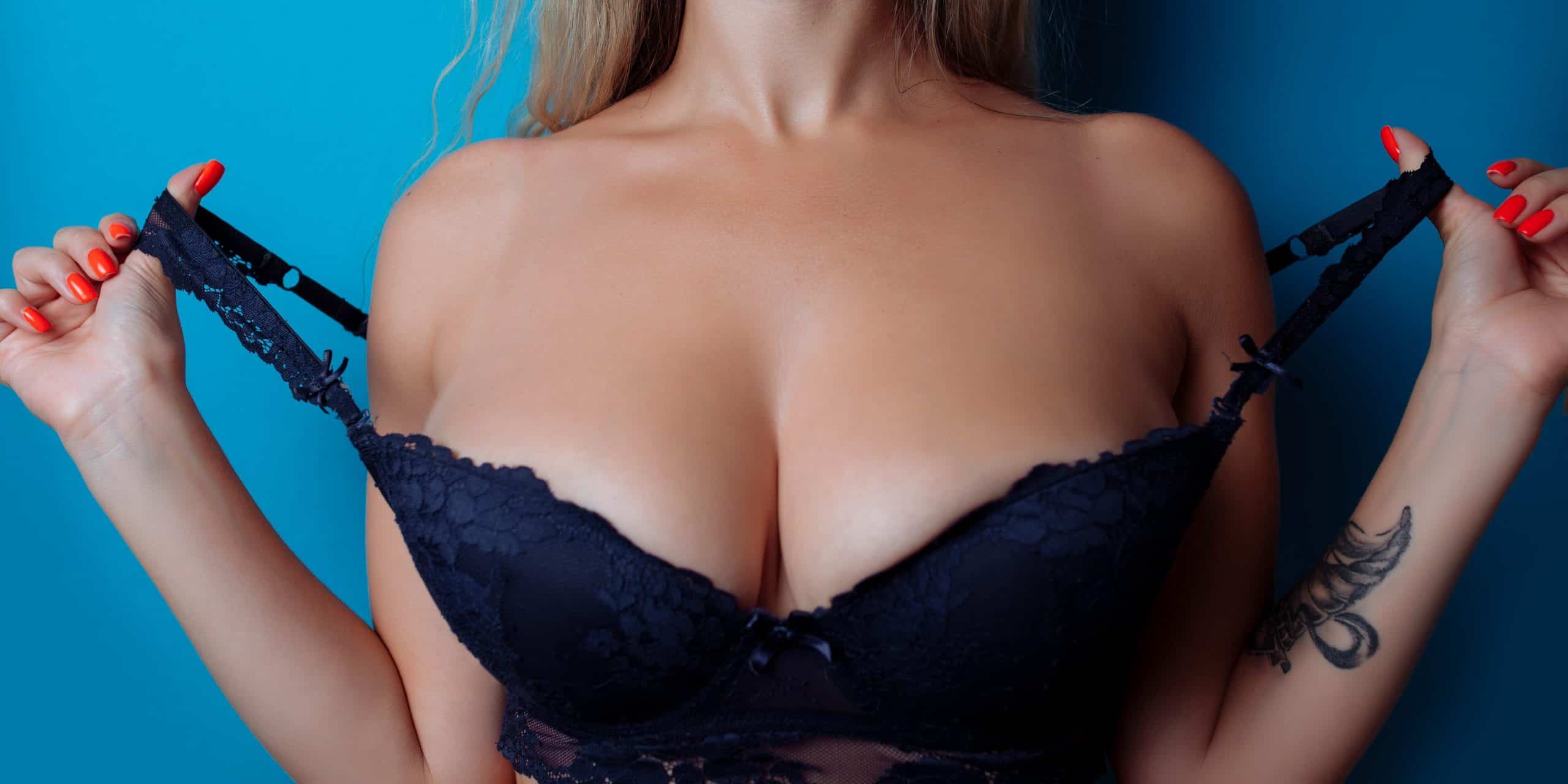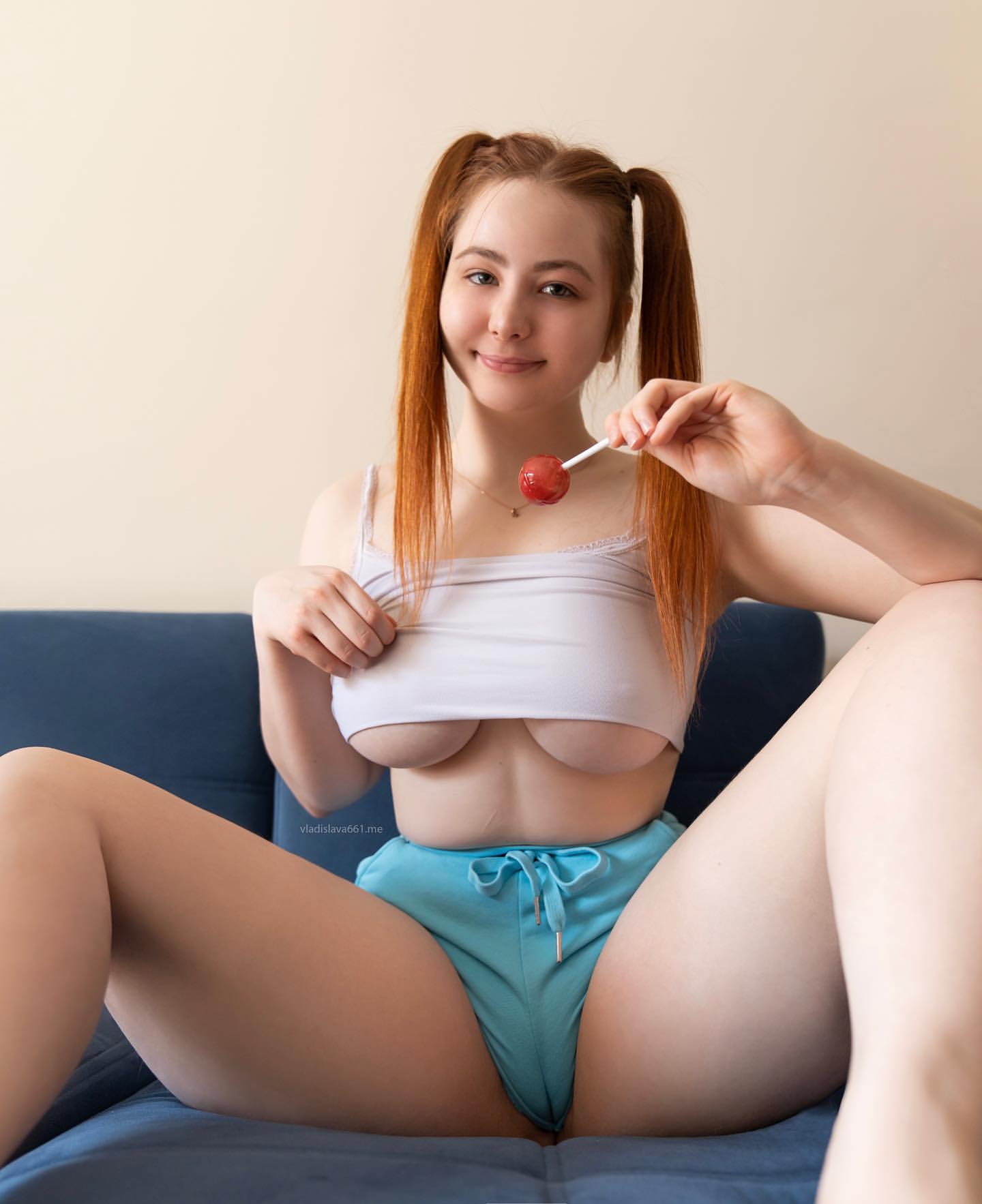
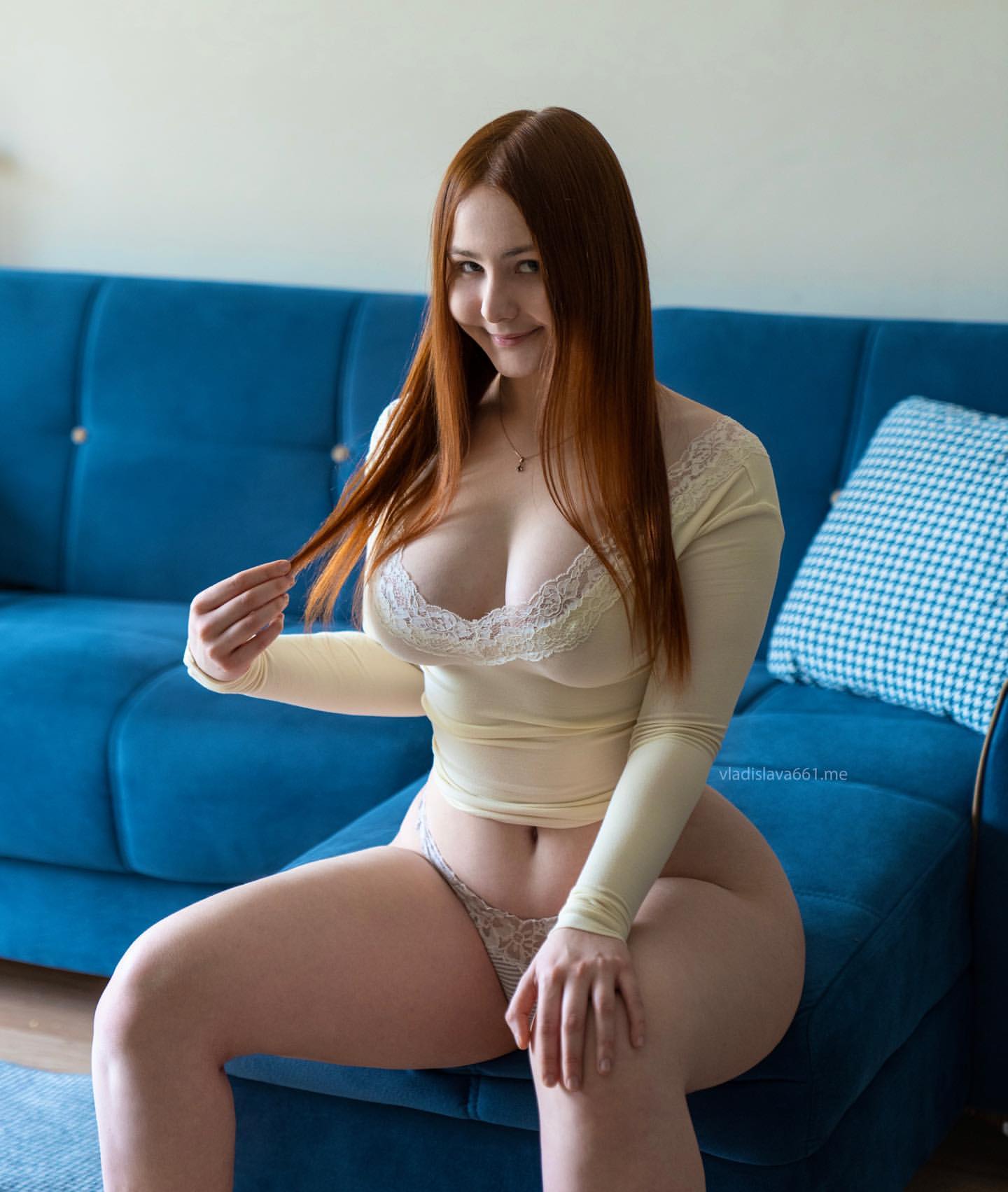
While there is a movement in how people view beauty in American and the world at large, there is data to support that shift. The average woman is changing. In a recent study published in the International Journal of Fashion Design, Technology, and Education, the average woman is no longer a size fourteen. What does that mean? Keep reading to find out!
The study analyzed more than 5,500 women in the United States. Over the last two decades, the data found that women have increased in size on average. At the turn of the millennium, the average waist size for American women was a slim 34.9 inches. Now it has increased by 2.6 inches to 37.5 inches on average. This change has to do with “greater distinctions” that are “found when considering race and ethnicity.”
“We hope that this information can get out and be used by industry and consumers alike. Just knowing where the average is can help a lot of women with their self-image,” said Susan Dunn—one of the study’s lead-experts.
She added, “And we hope that the apparel industry can see the numbers and know that these women aren’t going away, they aren’t going to disappear, and they deserve to have clothing. That the clothing should fit well, both in style and measurements, and be available elsewhere than back corners or solely online is still a controversial topic. Why?”
The average American woman now wears between a size sixteen and eighteen. These are the lower end of plus-sizes. Perhaps it’s time for the fashion industry to look at reality and design their clothes with real women in mind instead of the stick-figure models who are forced to starve themselves to fit into the tight clothes.
The study encourages clothing designers to update what they consider to be regular sizes and what they consider to be plus-size clothing. Because the average woman has increased in size in the United States, clothing needs to be updated to mirror that trend. Instead of expecting women to fit into something they simply don’t fit into, clothes need to be updated to match the modern American woman.
Dunn and co-author of the study Deborah Christel serve as faculty members of apparel merchandising, design and textiles at Washington State University. Because they did the research, they proved that the average America woman no longer wears size 2. Instead, the average woman shops for sizes 16 and 18. Fashion industry experts must update their clothing options to mirror the average woman or be left in the dust as the tides of change flood the land.
What do you think about this change in fashion?
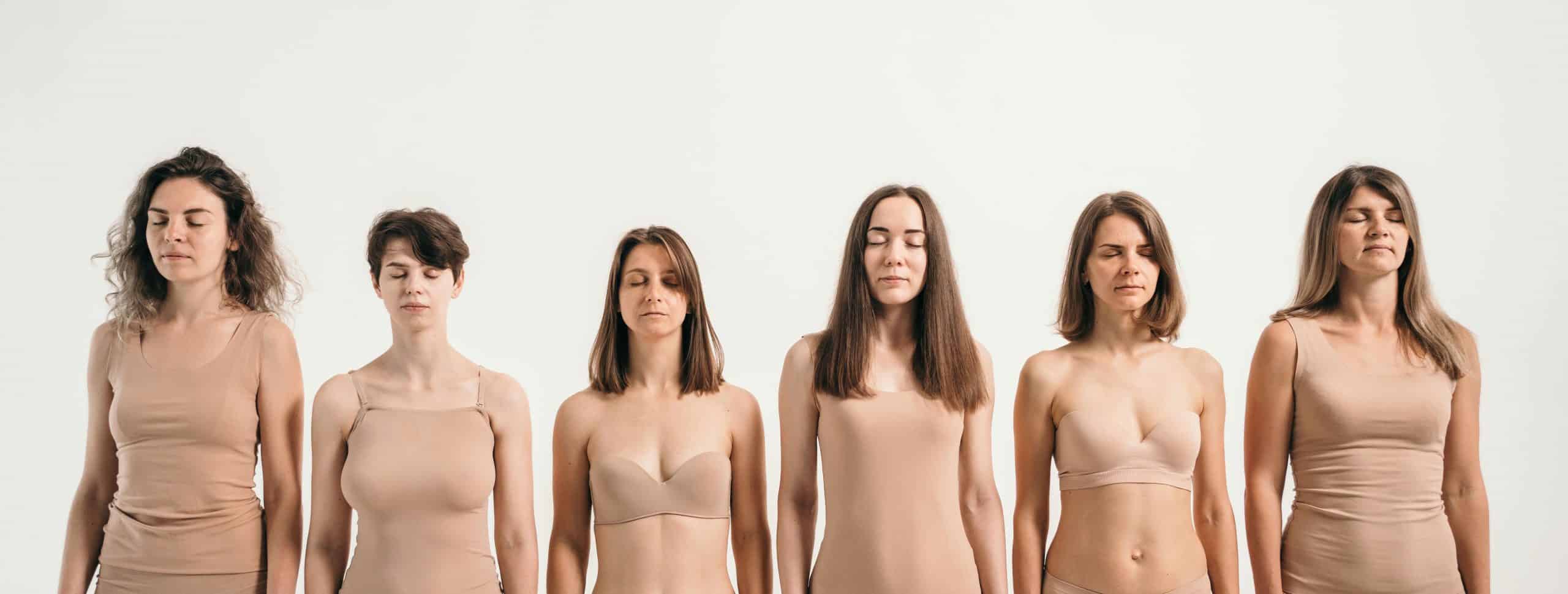
Media has long been a powerful force in defining and perpetuating beauty standards. From glossy magazine covers to social media influencers, the portrayal of beauty in the media sets a benchmark that many strive to achieve. In the past, these portrayals were often narrow, emphasizing a limited set of characteristics such as Eurocentric features, slim body types, and youthful appearance.
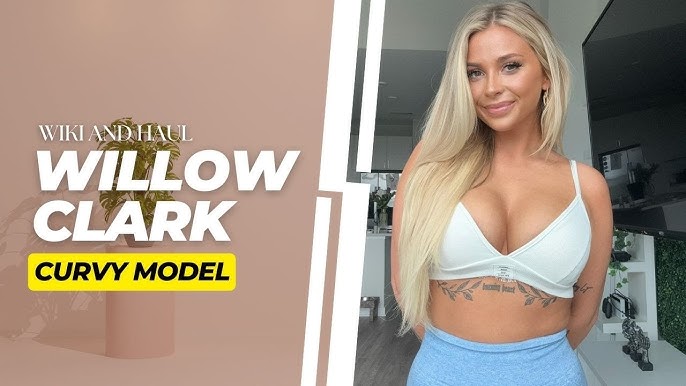
However, as media platforms have diversified, so too have the representations of beauty. Today, there is a growing presence of diverse body types, skin tones, and ages, challenging the traditional norms and embracing a broader spectrum of beauty.
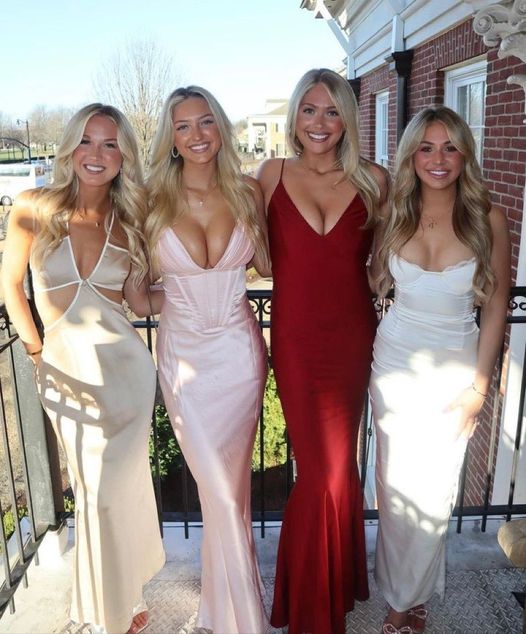
Yes, there is a growing movement to change how beauty is perceived in America and around the world, and it is characterized by a focus on diversity, inclusivity, and body positivity:
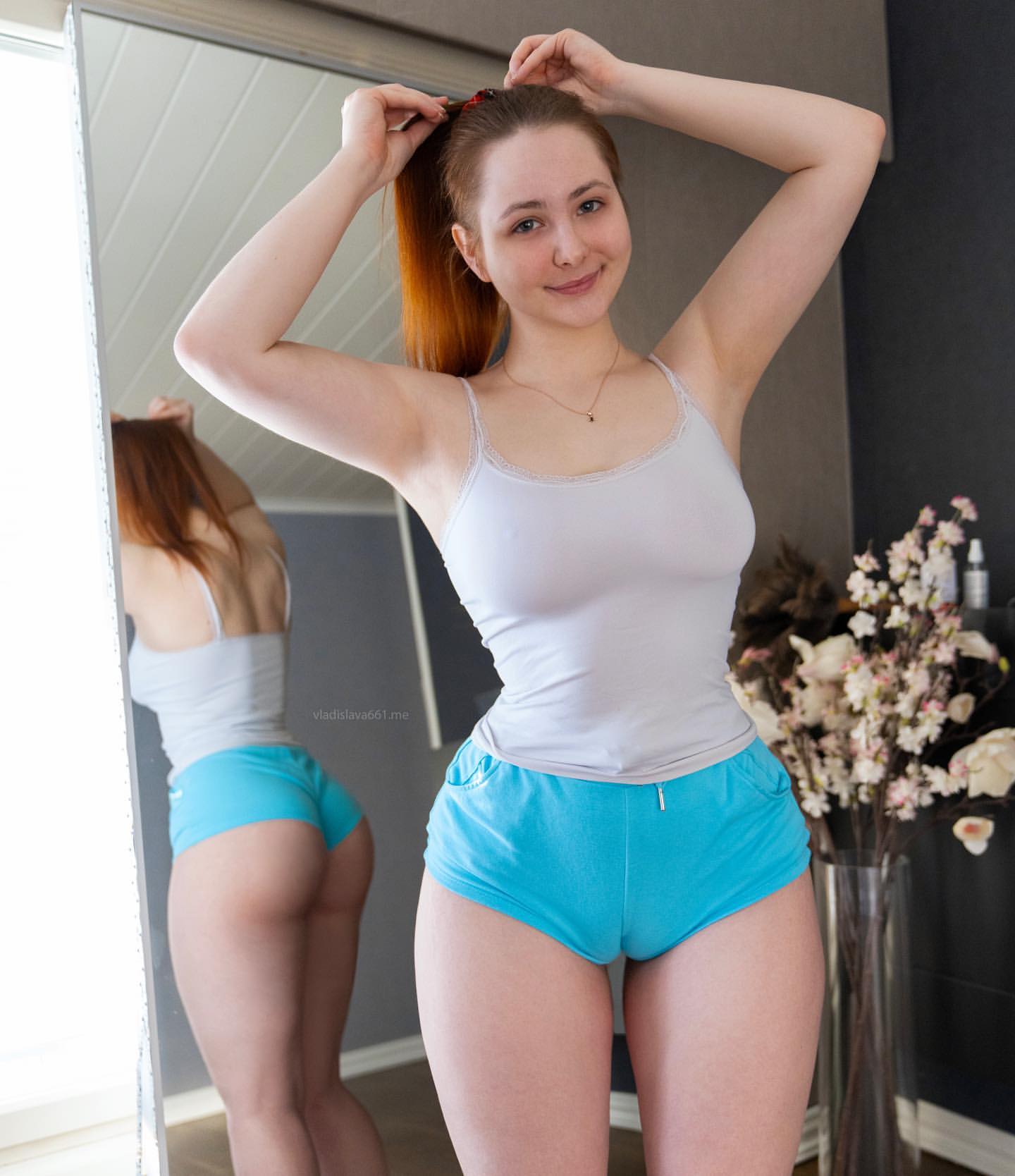
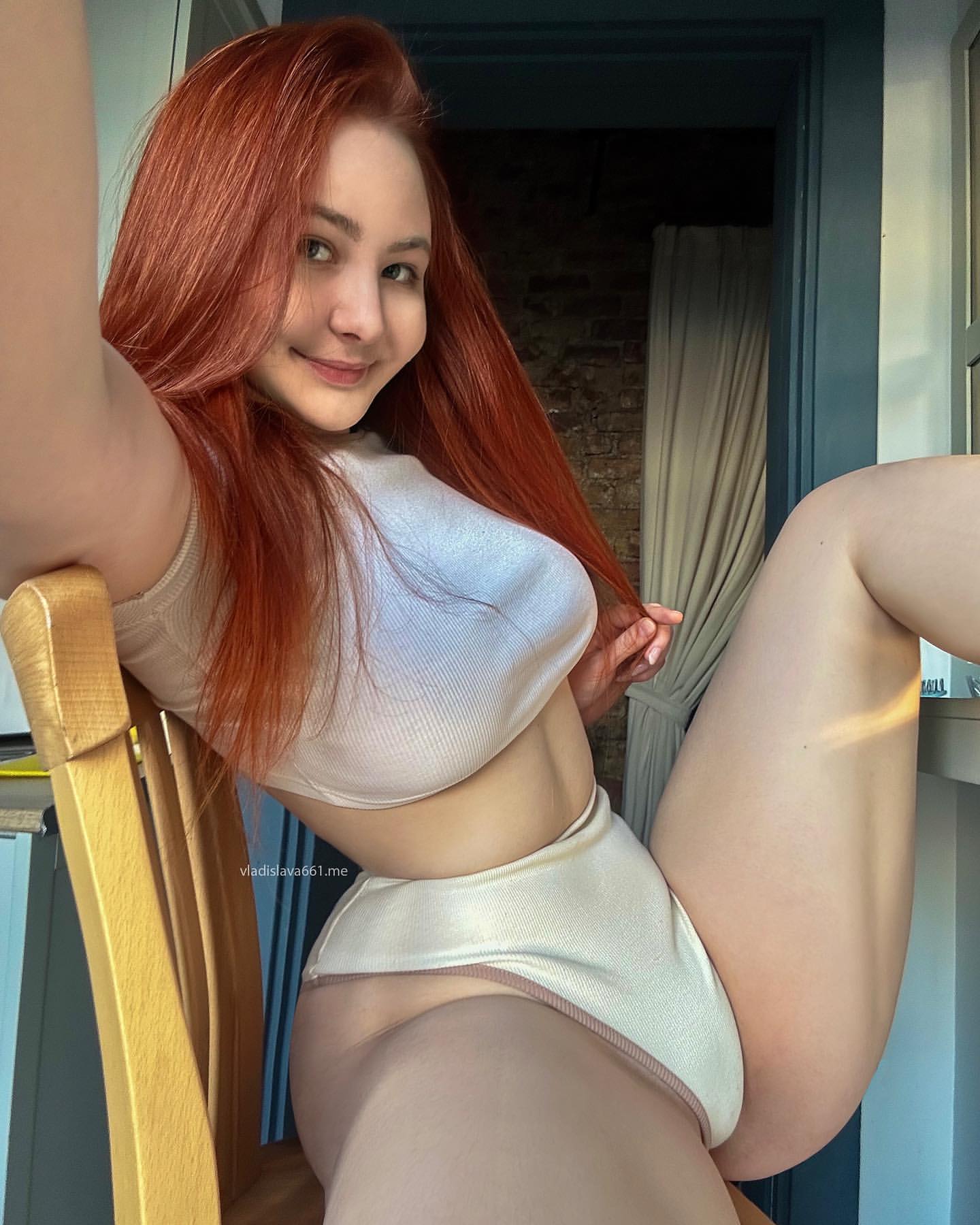
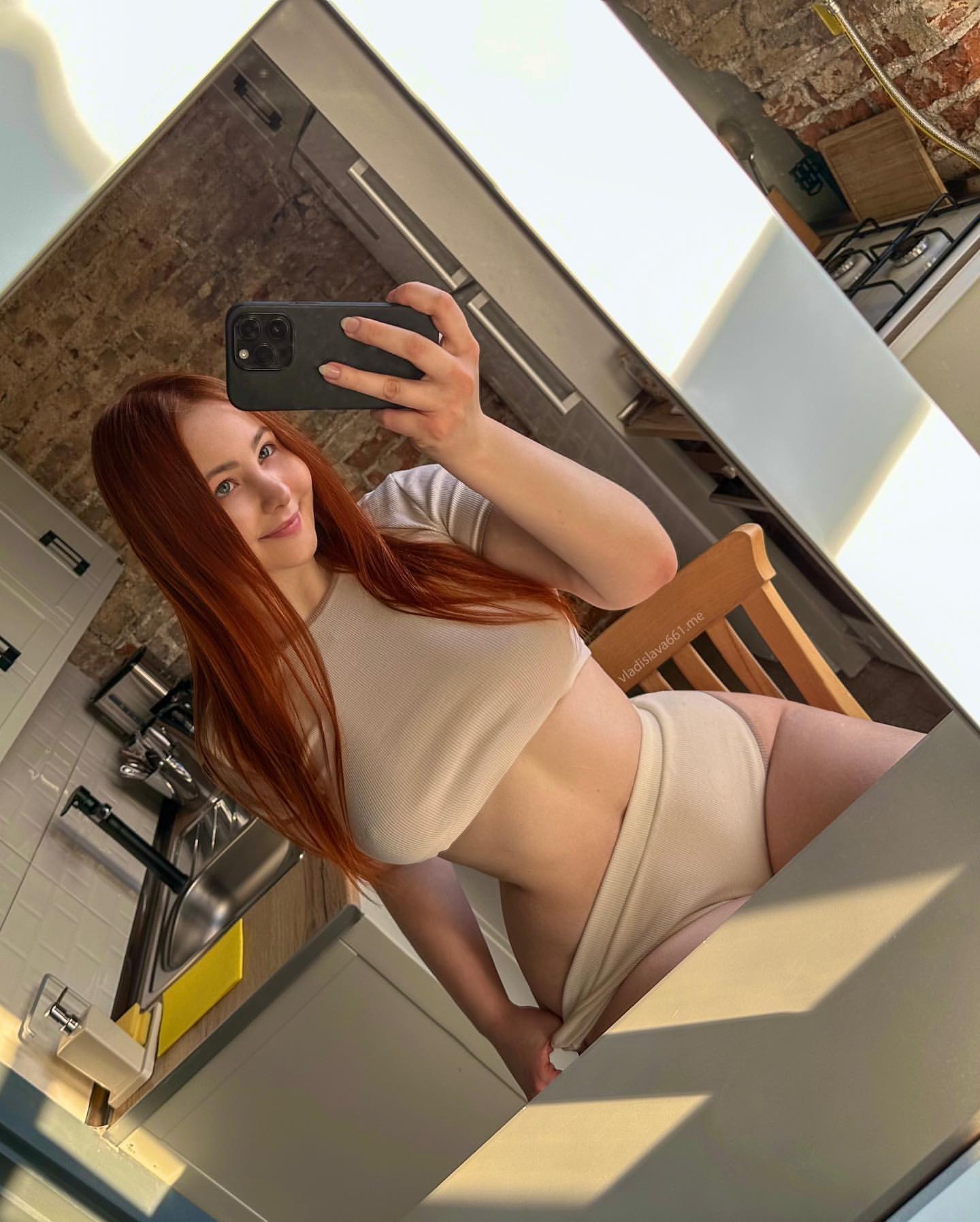
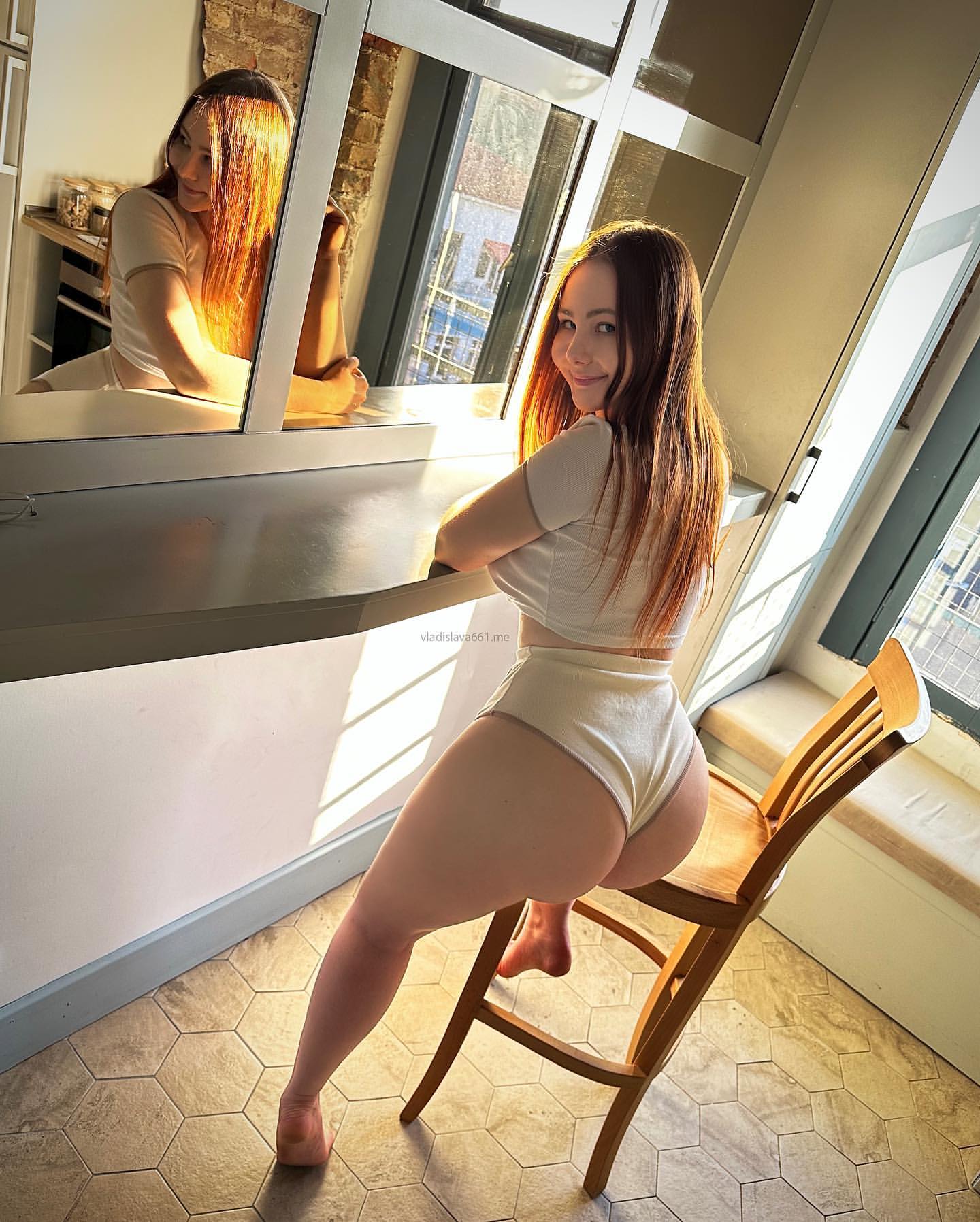
There’s a growing movement changing how beauty is perceived in America and around the world
-
Social media
Social media platforms have helped to democratize beauty by showcasing a variety of appearances, styles, and identities.
-
Body positivity
Body positivity messages challenge unrealistic beauty standards by promoting and accepting a range of body sizes and appearances.
-
Beauty industry
The beauty industry is shifting to include a wider range of products and markets. For example, the haircare industry has moved away from the term “ethnic hair” and is now using “textured hair” to describe a wider range of hair types.
-
Generational perceptions
Different generations have different perceptions of beauty. For example, Millennials embrace a more inclusive definition of beauty, while Generation Z is redefining beauty norms and challenging stereotypes.
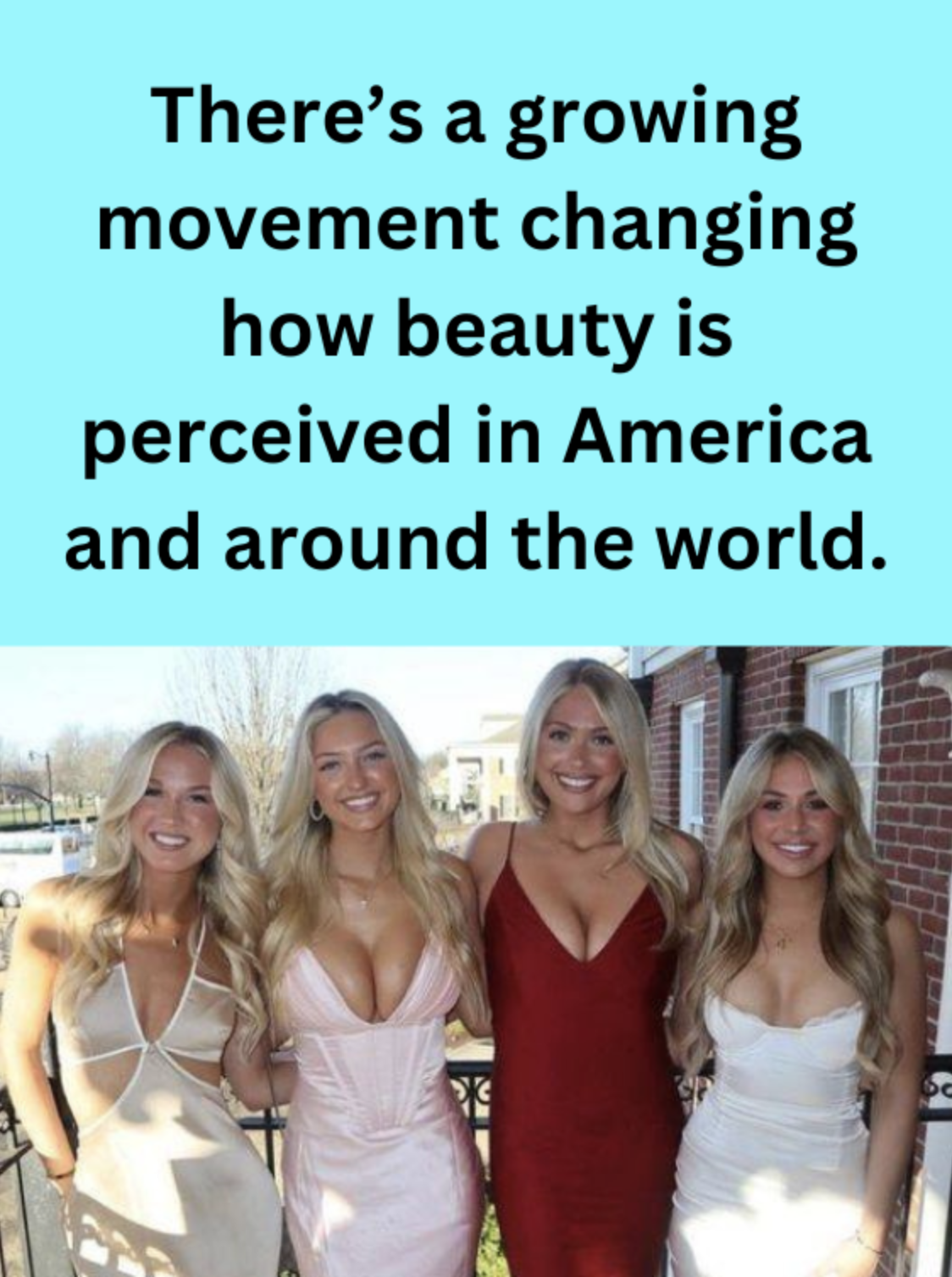
- Artificial intelligence: AI-generated content can perpetuate unrealistic beauty standards.
- Contradictory messages: Some body positivity posts on social media contain contradictory messages, such as promoting weight loss or praising extreme thinness.
